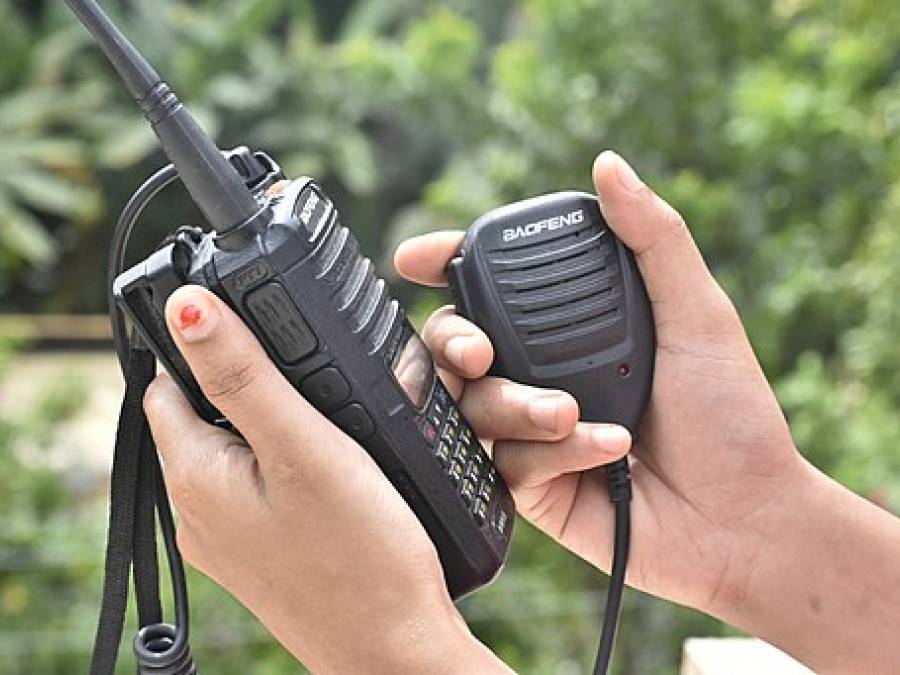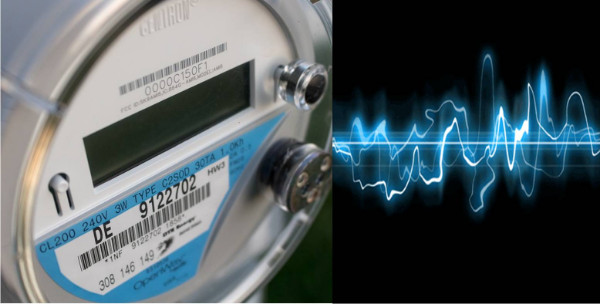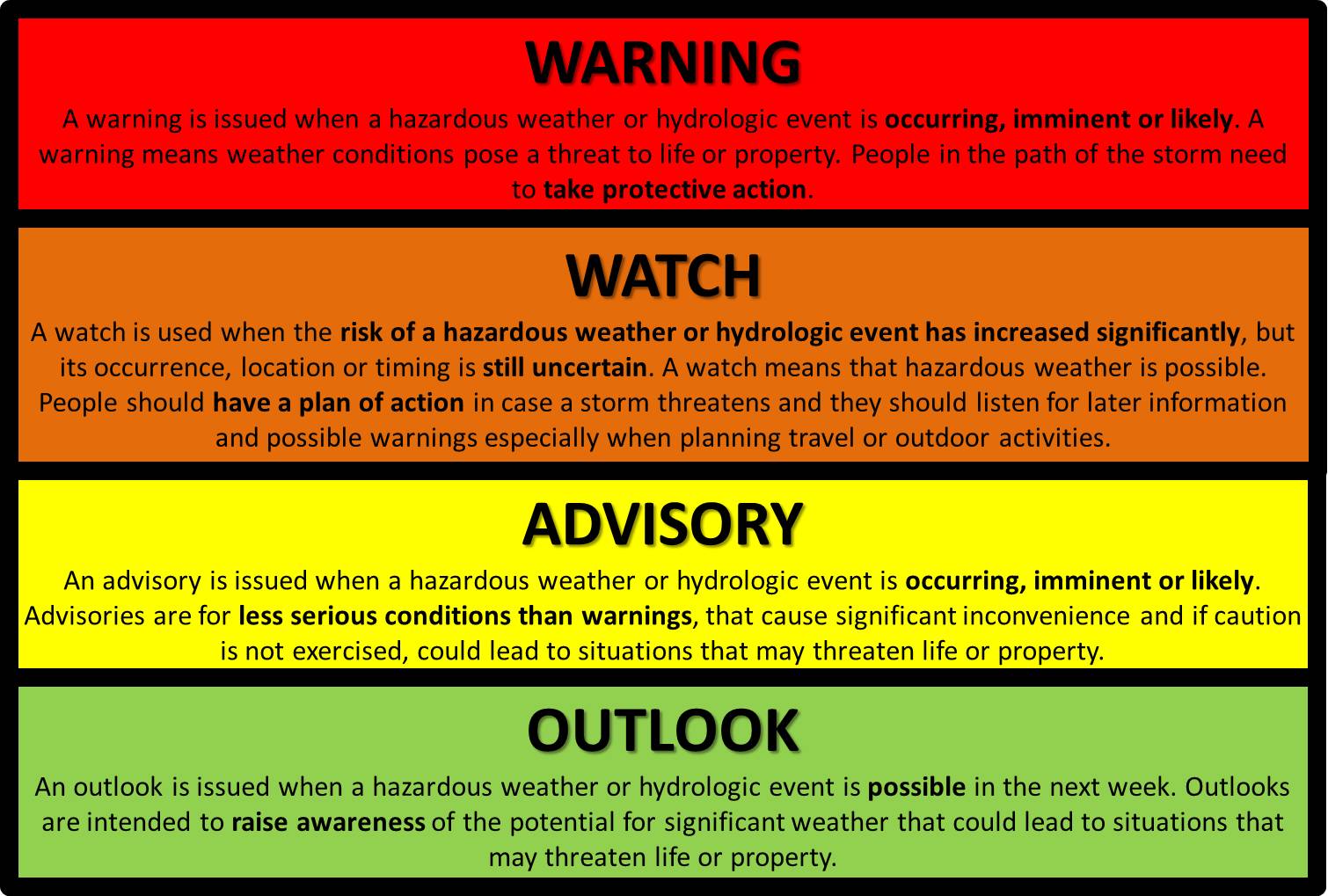Op-Ed
As Rod Serling would say: “Imagine if you will…” A man arrives home in the evening exhausted from work one day. Driving up towards his garage he presses the garage door opener and the door opens and then closes again immediately before he gets a chance to drive in. The door opens and closes repeatedly in convulsive antics preventing him from parking in his garage.
Meanwhile, the family dog is yelping in pain from his shock collar somehow being randomly activated when he’s not even close to the perimeter wire. The man notices the driveway motion-activated floodlight is flashing sporadically. He leaves his car in the driveway and attempts to lock it with his remote but the locks keep unlocking themselves.
Since he can’t enter his house from his garage, he goes to the front door and discovers the electronic door lock does not accept his entry code. Frustrated, he walks around his house to the back door which has a standard key lock. As he passes the side of his house, he notices his electric utility has installed a new AMI smart meter without his knowledge while he was at work.
After gaining entry to his house he hurries to the burglar alarm system console and enters the correct disarming code. However, it instead sets off the alarm and automatically calls the police. Rushing to the portable telephone in the kitchen to call the security service to cancel the false alarm, he discovers there is so much static interference on the phone he can’t hear the other party speaking and he is suddenly disconnected.
Meanwhile, he notices the baby monitor in the kitchen is emitting strange popping and squealing noises. He turns on the AM radio hoping to get some news bulletin that explains what’s happening only to hear a loud crackling noise. He tries tuning into a station on his new DirecTV and his favorite program is interrupted periodically with a snowy picture.
Seeking a safe refuge from all this electronic wackiness, he retreats to his Ham shack and turns on his computer only to discover his WiFi connection is not working like it should. After a few minutes of talking with his buddy on the 2 meter band he notices the rest of the house has become suddenly quiet of electronic noise. Wow, what a relief! But how did that happen? He checks the smart meter and notices the LCD display has gone blank and the meter’s electronics appear dead. Huh?
Welcome to the Twilight Zone!
Violating FCC Part 15
The uncontrolled proliferation of smart meters by utility companies is reportedly causing increasing radio frequency interference (RFI) to licensed users of the ITU Region 2, 902-928 MHz (33cm) amateur radio band. This radio band is also shared by numerous consumer electronic devices under the FCC Part 15 regulation.
Amateur radio operator VE3NCQ has posted an excellent description of the smart meter interference problem in Canada, and how the energy utility industry illegally appropriated the 902-928 MHz band with no regard for licensed amateur radio operations.
As described on the ARRL web site, these Smart Meters are unlicensed FCC Part 15 devices, not Industrial, Scientific and Medical (ISM) equipment. As such, they have no protection from interference from licensed users of 902-928 MHz band, and in return must NOT cause interference to licensed users, i.e. to the primary ISM or to the secondary amateur radio service.
The FCC requires a Part 15 classified unit to have a permanently attached label in a conspicuous location with the following statement:
This device complies with Part 15 of the FCC Rules. Operation is subject to the following two conditions: (1) This device may not cause harmful interference and (2) this device must accept any interference received, including interference that may cause undesired operation.
According to FCC Part 15 regulations, it is the responsibility of the operator of the device to mitigate any harmful interference caused by these unlicensed Part 15 devices to amateur radio stations and other licensed users of these frequencies. These regulations were intended to allow intermittent operation of individual low power transmitters without causing interference. However, the saturation of metropolitan areas with networks of smart meter transmitters has the potential of creating an uncontrollable source of constant interference to licensed users, violating FCC Part 15 rules.
Unlicensed smart meter transmitters continue to be deployed at an extraordinary rate. We can no longer afford to delay demanding enforcement of FCC rules that protect us from the interference from this growing intrusion on the 33 cm band. Meanwhile, electric utility companies are flooding our neighborhoods and cities with thousands of 1-watt, Part 15 transmitters, potentially interfering with use of this frequency band by licensed amateur radio operators.
And since RF transmission works both ways, it turns out the unshielded electronic computer circuits inside smart meters are also sensitive to spurious 2nd or 3rd order harmonic transmissions from an amateur radio station. Transmissions on the 2 meter band (144–148 Mhz), and the 77 cm band (440 Mhz) produce harmonic frequencies that can adversely effect smart meters. For example, a 50-watt ERP saturation signal may well overload the unshielded meter’s electronics and actually cause the meter to fail.
Offer you can’t refuse
So you don’t want an electric utility smart meter interfering with your radio and other electronic devices in your home? Sorry, you’ll pay through the nose to keep your old, reliable analogue meter amounting to several hundred dollars every year.
The 2005 Federal Energy Policy Act states that utility companies “offer” the meters and install them “upon customer request.” Unfortunately, many customers come home to find the meters already installed. Others choose to “opt out” but meters are installed anyway.
In direct violation of Oregon Revised Statutes 164.075 and 756.040, the Oregon Public Utilities Commission allowed Pacific Power to penalize customers who prefer not to have a smart meter installed by charging extortionary "opt out" fees of $36 per month. They claim this is necessary in order to pay a meter reader. However, based on average meter reading salaries and benefits, and meters read per day, costs for meter reading could easily be covered by less than $2.00 per month per customer. The 1% of its customers Pacific Power estimated could afford to opt out--a number of meters that could easily be serviced by one single meter reader--will bring Pacific Power an annual profit of over 2 million dollars. This is more commonly known as profiteering. Clearly, the primary purpose of the $36 opt out fee is to serve as a strong disincentive against opting out.
Tip of the Iceberg
And that’s only the beginning:
Smart meters are a fire hazard, and such devices have been responsible for thousands of fires and explosions. Unlike standard analog meters, they use a varistor, an inferior surge protection component which makes them prone to catch fire in the event of a power line surge, such as those routinely experienced on Oregon’s coast during winter.
Smart meters expose occupants to unwanted electromagnetic radiation substantially linked to health problems.
There are 9500 peer-reviewed articles stating the results of studies done by credentialed MDs, PhDs, scientists and environmental experts exposing the health dangers that pulsed, electro-magnetic frequency (EMF) smart meters emit.
The bursts of microwave radiation emitted by their antennas was classified by the World Health Organization’s International Agency for Research on Cancer (IARC) as a Group 2B human carcinogen. And this recent study (2016) by the National Institutes of Health supported human epidemiological findings on RF radiation and brain tumor risk.
An open letter published in Canada and signed by over 50 scientists and medical professionals discusses why the Precautionary Principle is warranted to reduce exposure to the biologically inappropriate microwave radiation from wireless smart meters.
Daniel Hirsch, a lecturer and expert in nuclear policy at University of California, Santa Cruz (UCSC), has written a report that reveals smart meters emit 160 times more cumulative whole body exposure than cell phones. See also this report by the RF Safety Network.
Microwave radiation such as emitted by smart meters has also been found to adversely affect wildlife, particularly our threatened bee populations.
Smart meters have overcharged customers by inaccurately representing usage, not experienced with analog meters. They consume more electricity than a standard analog meter to operate their computer, display and transmitter. There are estimates that the extra electrical consumption costs homeowners approximately $10 per month. If installed countywide, they could increase consumption of electricity, contrary to conserving power and reducing carbon emissions.
According to the ACLU, digital electronic smart meters are surveillance devices and violate our 4th Amendment right to privacy in our home, guaranteed under the United States Constitution.
Smart meters and the "smart grid” are vulnerable to opening a new portal to hackers and others who wish to disrupt services. AMI “two-way” smart meters have less secure data connections, allowing would-be criminals to hack in. As admitted by the FBI in 2010: “The FBI warns that insiders and individuals with only a moderate level of computer knowledge are likely able to compromise meters with low-cost tools and software readily available on the internet.”
Smart meters in Clatsop County will eliminate full-time jobs that are sorely needed in our rural community. One of the jobs currently handled by Pacific Power's meter readers is flagging for emergency crews during power outage repairs. Elimination of these jobs is meant to be covered by crews from Portland, but getting such crews out to the coast during our winter storms will prove challenging and could well result in delays to service restoration for local residents.
What you can do
2. Write/email/telephone your County commissioners and demand an immediate moratorium to prevent the charging of extortionary smart meter opt out fees in Clatsop County. Express your concerns at a Clatsop County Commissioners meeting (calendar).
3. Write a letter to the editor of the Daily Astorian and other local news papers expressing your concerns.
4. Opt out of the Pacific Power smart meter installation program by calling 1-866-869-8520
6. File a complaint with the FCC: HERE.
7. Write/email/telephone your representatives:
160 State Capitol
900 Court Street
Salem, Oregon 97301-4047
https://www.oregon.gov/gov/Pages/request-assistance.aspx
Address: 900 Court St. NE, H-285, Salem, Oregon 97301
Fax: (503) 469-6018
Learn more
Freedom to Say No to Smart Meters
Watch award winning documentary Take Back Your Power
{vembed Y=8ZTiT9ZSg3Q}















